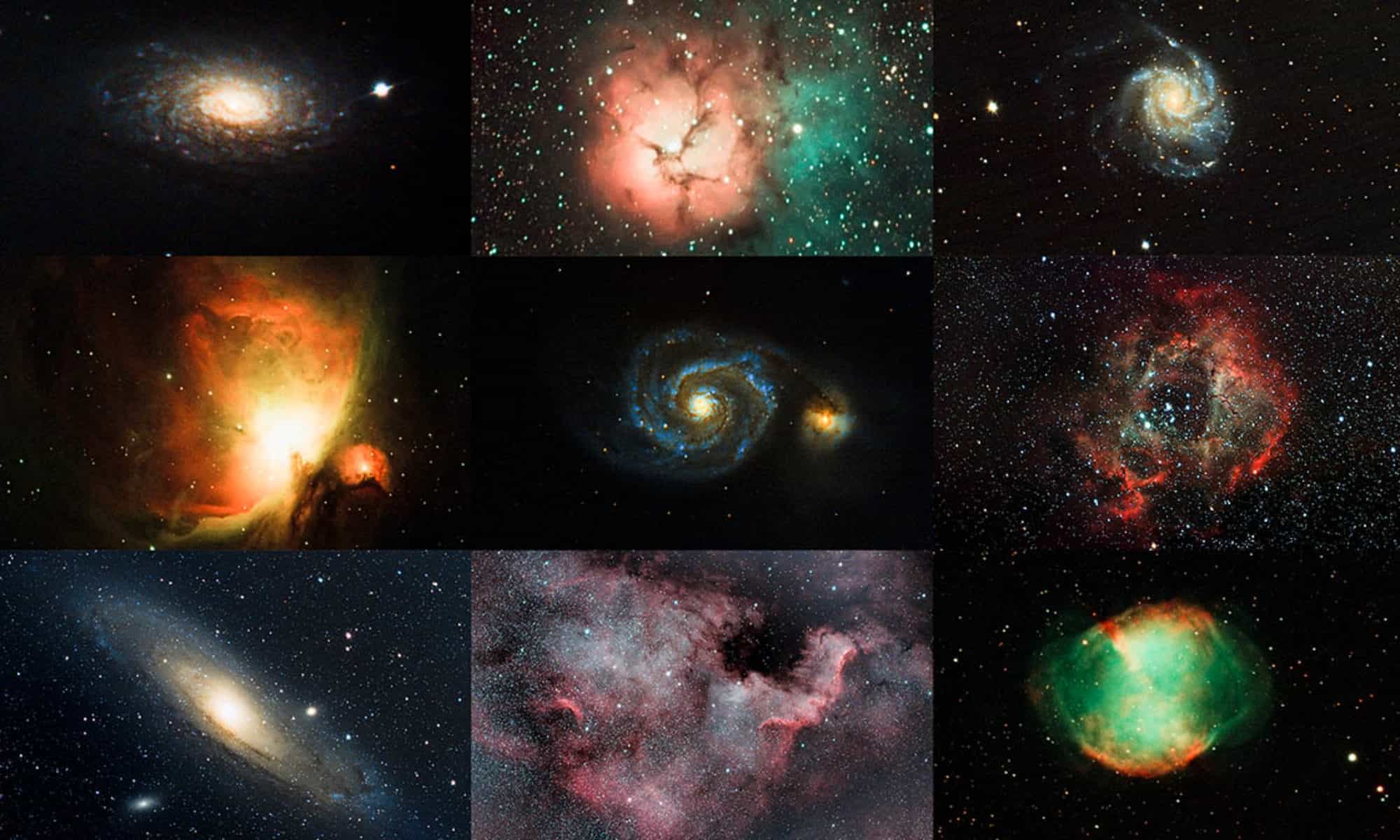As the sun appears to move through the ecliptic, it moves into the region of the constellation Aquarius in mid-January. According to astrologers, those of you born between January 20 and February 18 are said to be kind, friendly and generous. Aquarians are true humanitarians and care about the welfare of all people. As all of us baby-boomers know, the Age of Aquarius is supposed to usher in an era of “harmony and understanding; sympathy and trust” Age of Aquarius/Let the Sunshine In.
The symbol for Aquarius is water, and the constellation represents the water-bearer. In Greek mythology, Aquarius is identified with the beautiful Ganymede, the son of King Tros of Troy. Zeus takes him to Mount Olympus to serve as the cupbearer to the gods.
Located within the constellation Aquarius, the Helix or Eye of God Nebula is one of the most well-known and beautiful deep-sky objects. About 10,600 years ago, a dying star expanded rapidly to become a red giant. When it collapsed, the outer layers of that star were ejected as a ball of gas and dust. The star became a white dwarf. The intense radiation from that star heated the ejected gases and caused them to glow. The red color that forms the outer ring of the nebula is caused by ionized hydrogen gas, while the inner eye of the nebula glows green due to ionized oxygen gas. This type of nebula is known as a planetary nebula because the generally have a shape similar to giant gas planets. By the way, our Sun is expected to become a red giant in about 5 billion years.
The Eye of God Nebula was discovered sometime before 1824 by German astronomer Karl Ludwig Harding. The Gaia space telescope, launched by the European Space Agency in 2013, determined that the Eye of God Nebula is 655 light years from Earth. This makes it one of the closest planetary nebulae discovered.
Formally known as NGC 7293, this nebula has several different common names. Wider images of the nebula show fainter outer bands, which has given rise to the name, Helix Nebula. With its bright red ring and central green core, it is often referred to as the Eye of God Nebula or the Eye of Sauron Nebula, a reference to The Lord of the Rings trilogy written by J. R. R. Tolkien.
Next post: The Pinwheel Galaxy in Pisces
Take care and be safe!
Alan

